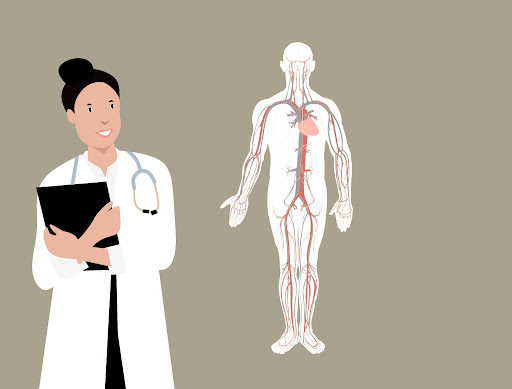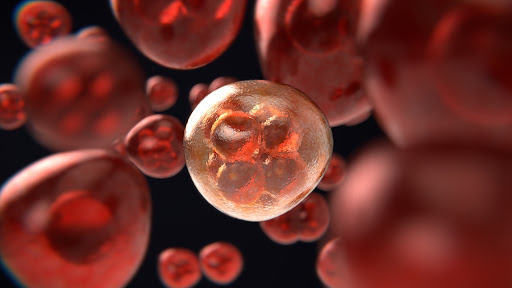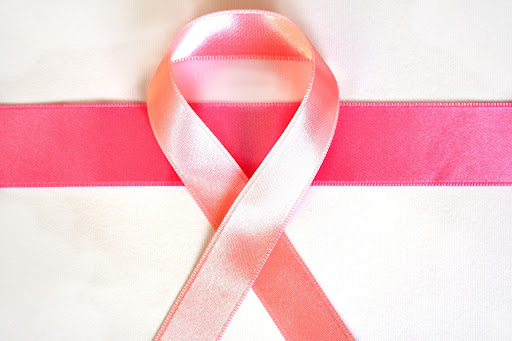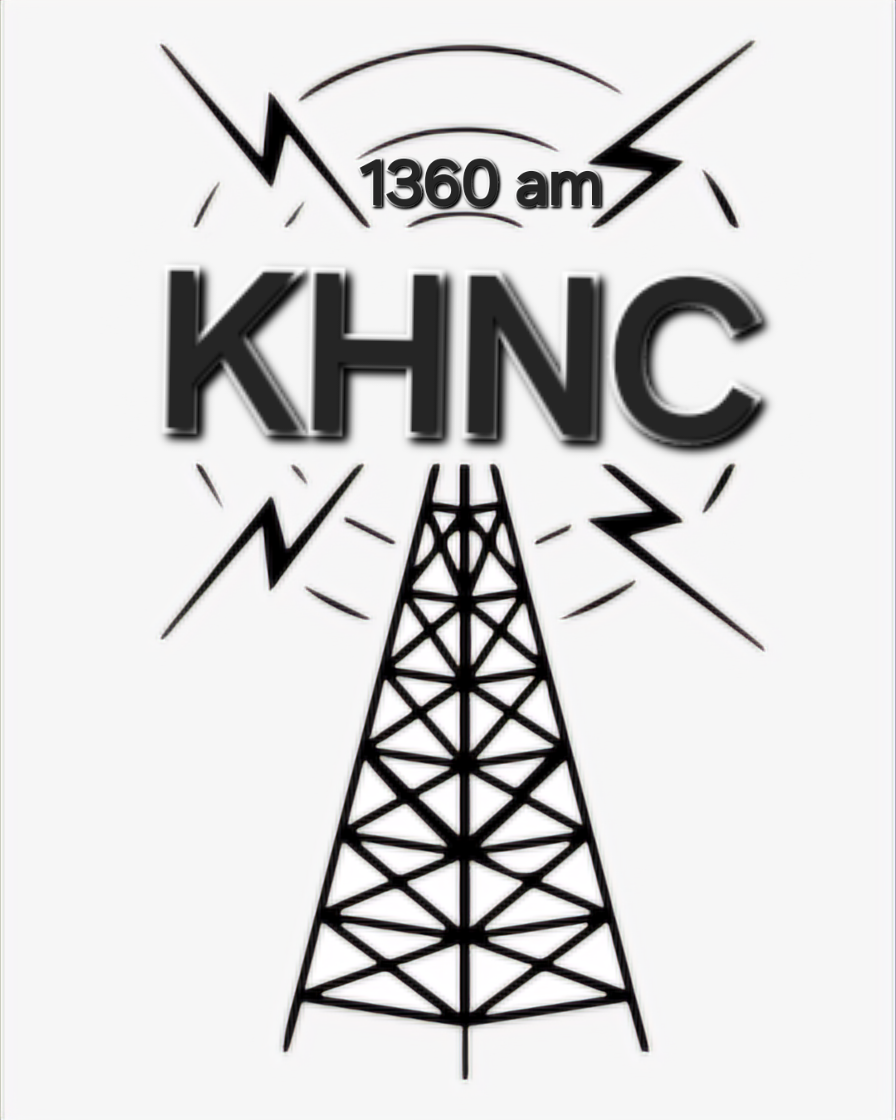
As of January 2019, there were an estimated 16.9 million cancer survivors in the United States, according to Cancer.gov. They project the number of cancer survivors to increase to 22.2 million by 2030. Over 40% of confirmed cancer cases come after the patient has found something not quite right in a self exam. Oncology Health workers say “it is really important to be aware of changes in the way you bleed and bruise. Are you creating scabs properly when you get cut? Are you suddenly bruising often or bruises won’t go away? Be aware of major changes in your bowel movements. You should see your doctor about anything out of the ordinary sooner rather than later and be very aware of your body.” It is important people dont wait months before they see a doctor about a change in their health. If you wait too long, something that could have spread to other places and/or become borderline untreatable. Have you ever done a self examination for cancer? Below are some helpful hints on how to do a few different types of exams on yourself. You should see your doctor to confirm and understand what is normal for you and what is not. Asking your doctor questions can be uncomfortable, but they are there to help you and guide you in your journey of health. Confirm with your doctor the following self exams are right for you. These exams are meant to help you recognize any changes in your body that could be concerning, not diagnose you. Here are oral, breast, and skin exams you can do at home.
Oral/Mouth Cancer Self Exam
If you drink, smoke, or are sexually active you are at risk for mouth cancer. Mouth cancer has some of the highest mortality rates because it often goes unnoticed, until it has spread. Open your mouth in front of a mirror and familiarize yourself with what your normal mouth looks and feels like. Look for any new sores or swelling around the chin and neck using light pressure and the pads of your fingers. Then, with clean hands, use your thumb and forefinger to pinch and apply light pressure on your lips and cheeks. Look for lumps or bumps that are not mirrored on the other side. You should check for changes each month. Call your doctor or dentist about any irregular bumps, lumps, and lesions that won’t heal after 3 weeks.

Men’s Breast Cancer Exam
Most men find it easier to do portions of the self exam in the shower with soap on their chest in order to keep from pulling or irritating their skin or hair. Raise the left arm above your head and rest your left hand on the back of your neck. Use three fingers from your right hand to examine the texture of the left side of the chest. Start at the outer edge of the chest and use the pads of your fingers to make small circles. Use this technique to go in a larger circular pattern around the left side of the chest until you get to the nipple. check for lumps and irregularities in the skin. Squeeze the nipple and look for any signs of discharge or retraction of the nipple. Repeat this process on the other side with the right hand on the back of the neck. Then, use a large mirror to look at the whole chest to look for any overall changes in symmetry or skin markings. 80% of lumps found in male breasts are benign, which means they are not cancerous. However, a doctor is the only one who can determine that.

Women’s Breast Cancer Exam
Same as the men’s self-exam, most women find it easier to do portions of the self-exam in the shower with soap on their chest to keep from irritating the skin. Raise the left arm above your head and rest your left hand on the back of your neck. Use three fingers from your right hand to examine the texture of the left side of the chest. Start at the outer edge of the chest and use the pads of your fingers to make small circles. Work in a circular pattern around the breast until you reach the nipple, check for lumps and skin changes. Squeeze the nipple and look for any signs of irregular discharge or retraction. Repeat this process on the other side. Once you do both sides, use a large mirror to look at the whole chest to look for any overall changes in symmetry or skin markings. In addition to this, When lying down, the breast tissue spreads out evenly along the chest wall. Place a pillow under your right shoulder and your right arm behind your head. Using your left hand, move the pads of your fingers around your right breast gently covering the entire breast area and armpit. Any new lumps found should be examined by a doctor and women should have regular mammograms in order to check for smaller tumors.
Skin Cancer Self Exam
Skin cancer comes in many different forms, growths, moles or birthmarks that increase in size, and sores that won’t go away. Examine your skin in the mirror as close as possible. If needed, document what different areas look like for future reference. If you know what your normal skin looks like, it will be easier to notice when new markings pop up or existing ones get bigger. Having your partner examine your back could also help you notice anything new you can not see. Ask your doctor if wearing sunscreen as well as not excessively using tanning beds and sunbathing could reduce your risk of skin cancer. Have your doctor or dermatologist look at any new growths, moles, or open wounds that will not heal after 3 weeks.
The National Cancer Institute suggests taking one day a month to check yourself head to toe for changes in your body. It shouldn’t take you any longer to check yourself than your favorite TV show. The time it takes could potentially give you so much more time in the long-run. Ask your doctor about any other exams you could at home, or major bodily changes you should be aware of. The number of cancer survivors rises every year. Eventually the doctors of the world will cure cancer but until then, catching it early is the key to treatment, self-examination is the first step.
Written by: Erinn Malloy
